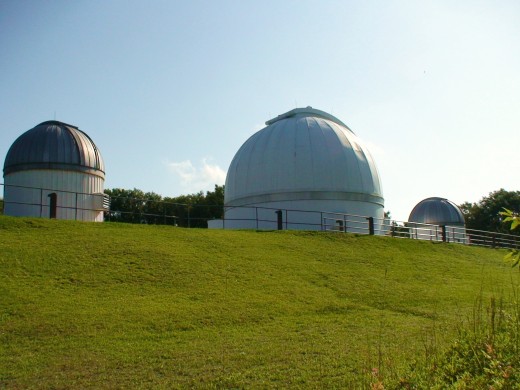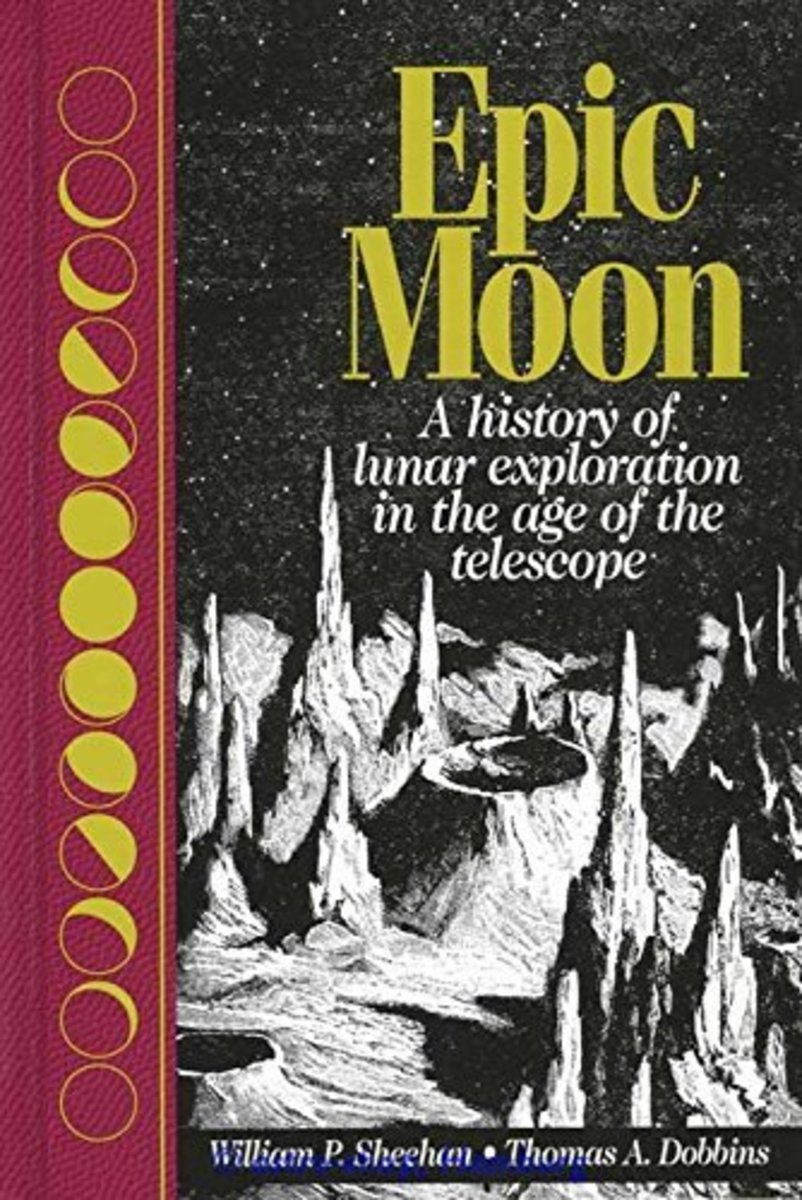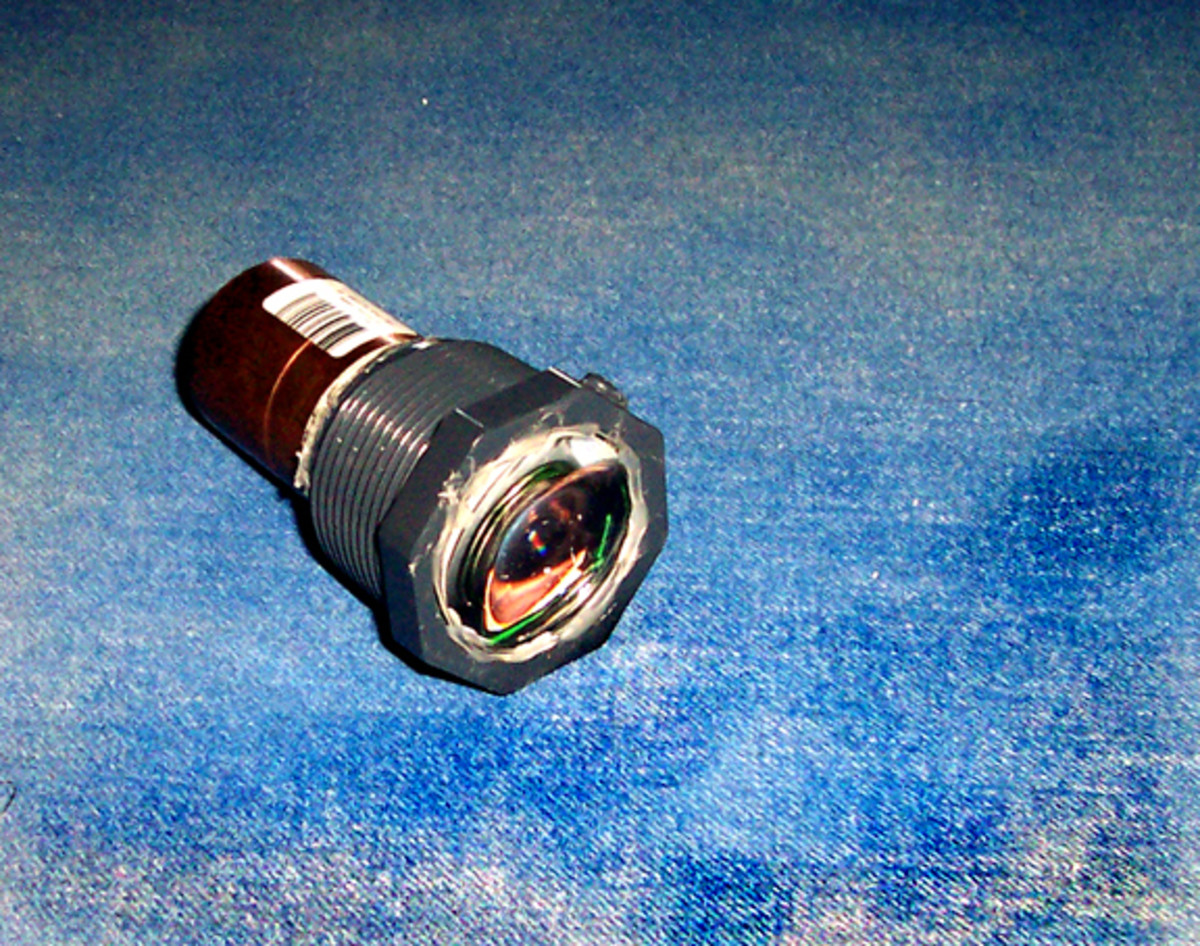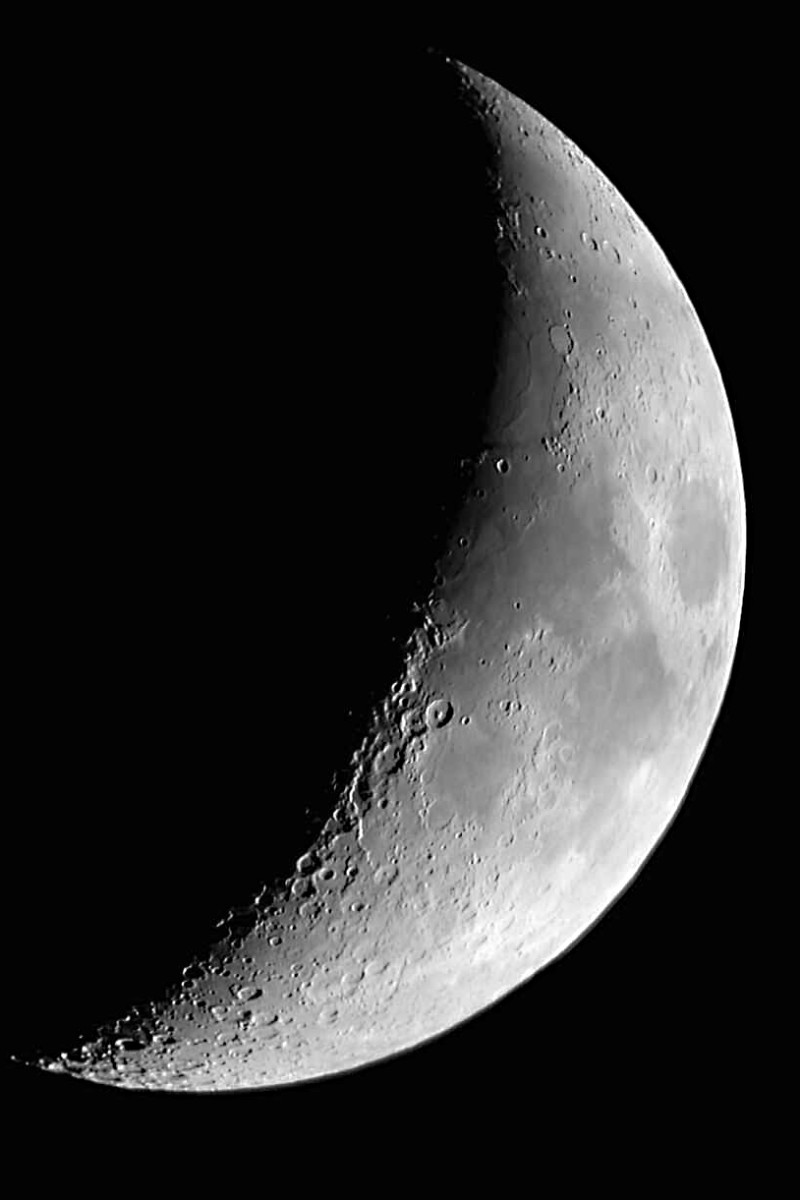Comparison of Reflecting and Refracting Telescopes

By Joan Whetzel
Reflecting and refracting telescopes allow amateur and professional astronomers to look at the night sky in more detail than the human eye alone could observe. In both cases, the telescope objective (the end of the telescope pointed toward the sky) allows the visible light to enter the telescope. The size of the objective determines the amount light entering the telescope, with larger objectives producing sharper images. The mechanisms inside the telescopes (refractor lenses or reflector mirrors) then focus that light into the eyepiece; although, these days, the images are more and more frequently transmitted electronically to a computer.
How Reflecting Telescopes Work
Reflecting telescopes (reflectors) uses a set of two mirrors to reflect and direct the images into the eyepiece. The set of mirrors may both be parabolic or curved, or they may consist of one parabolic mirror and one flat mirror. Reflectors are the best telescopes for professional and academic use, in scientific and research astronomy. Although, there are a wide range of reflectors available for amateur astronomers as well.
The two main reflector telescopes - Cassegrain and Newtonian. The differences lie in the mirror arrangement. Cassegrain reflector telescopes have two parabolic mirrors, a large one at the base of the telescope tube that captures the light and reflect into the secondary mirror, and a smaller curved mirror at the top of the tube that reflects the images into the eyepiece. The Newtonian reflector telescope has one parabolic mirror and one flat mirror. The large parabolic mirror rests at the base of the tube and reflects the light into the secondary mirror. The flat secondary mirror sits near the front of the tube and redirects the light into the eyepiece. In both cases, the large parabolic mirrors at the base of the telescope, has a small hole in the center through which the secondary lens redirects the light into the eyepiece.
How Refracting Telescopes Work
Refracting telescopes (refractors) use a series of convex lenses to collect, magnify and focus the light into the eyepiece, in the same manner as magnifying glasses, binoculars and rifle scopes. The convex lenses bend the light and bring it into focus. The convex shape of the lenses means they are thicker in the middle than at the edges, which means that the light entering the lenses around the edges is bent more than the light coming through the center of the lenses. The convex shape helps to aim the light toward a focal point (the lens) where the image is created for the viewer.
Benefits Of Reflecting Telescopes
Reflecting telescopes produce a sharper image than refractor telescopes, with no chromatic aberration (a distortion caused by the lenses breaking the light into individual colors, like a prism) and no blurring of the images around the edges. Reflectors also have the advantage of lower cost since mirrors cost less than lenses. A third advantage is that the mirrors weigh less than the lenses. Since reflectors gather more light and produce sharper images makes them ideal for making into much larger telescopes, which in turn, allows them to view dimmer and darker objects in the night sky - on a scale of a millionth or billionth of the brightness of the faintest star visible to the naked eye.
Benefits of Refracting Telescopes
Refractor telescopes are reliable and easy to use, making them excellent starter telescopes. They are rugged, meaning you can knock them about with less likelihood of damaging them or knocking them out of alignment than reflector telescopes. They are great for viewing the moon and planets. They have a closed tube design, meaning there is a glass lens at the end that keep the elements out of the tube and eliminates the image degradation caused by air currents.
Disadvantages of Reflecting Telescopes
One of the disadvantages of reflector telescopes is that that the larger the mirrors get, the larger the tube needs to be, which means even larger the research observatory domes needed to house them. All of this increases the cost of the telescope. In the case of amateur reflector telescopes, larger size not only adds to the cost, it makes it more difficult to store and transport to viewing sites. Another problem is that the telescope object is opened to the elements; there's no lens or glass covering. Weather and other natural occurrences, like bird droppings, eventually tarnish the mirrors' reflective quality,. requiring periodic mirror recoating or replacement.
Disadvantages of Refracting Telescopes
One of the disadvantages of reflector telescopes, is that the lenses have to be specially ground for the telescope, which can become quite expensive. Another problem is that the size of the lens is limited; larger lenses cause greater chromatic aberration and distortion of the edges. The final problem is the chromatic aberration and image blurring around the edges of the lenses. The chromatic aberration is the rainbow effect, or the splitting of light into its individual color components, which don't all come into focus at the same point.
If you're looking to buy a telescope either for yourself, or as a Christmas present for someone else, take all of these things into consideration during the investigation process prior to buying. Also ask around to anyone you know with telescopes, to find out what they like or dislike about their choices. Finally, check in with local astronomy clubs to for any questions you may still have. They may be able to help inform your decision. They are also a great resource for getting into astronomy in general.
For further astronomy and telescope information, check out these websites for discussions on the telescopes at the George Observatory in Southeast Texas.
Ft. Bend Astronomy Club: George Observatory
Houston Museum of Natural Science: Three Domed Telescopes create a stunning view of the night sky!
http://www.hmns.org/index.php?option=com_content&view=article&id=253&Itemid=268









